Attracting Wildlife to Your Australian Garden
Love seeing colourful birds and buzzing bees in your backyard? With the right plants, water, and natural habitats, you can create a garden that supports native Australian wildlife. Discover 7 easy ways to attract birds, butterflies, and bees to your outdoor space.
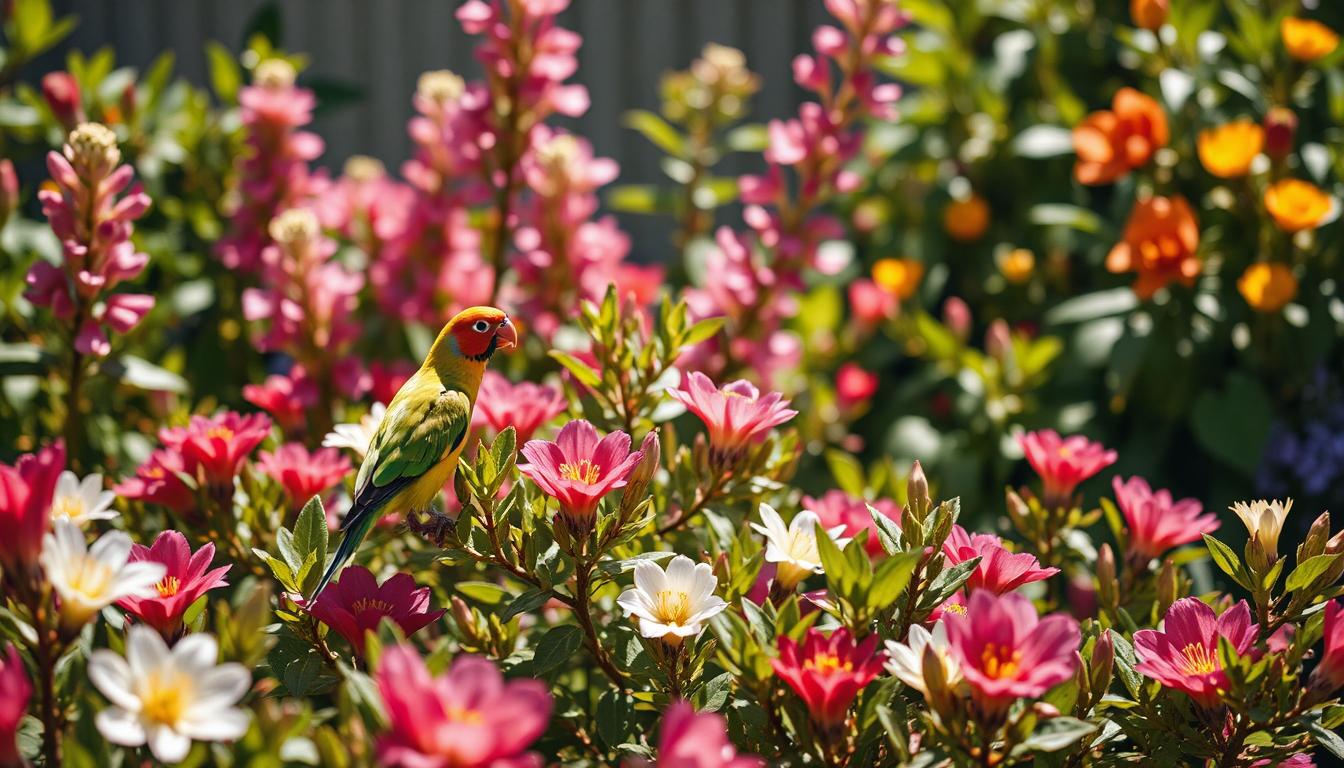
Do you love seeing colourful birds, buzzing bees, and butterflies fluttering around your backyard? Would you like to create a garden that supports Australia’s unique native wildlife? A wildlife-friendly garden helps the environment. By planting the right mix of trees, flowers, and shrubs, you can turn your outdoor space into a haven for birds, bees, butterflies, and even small animals.
Let’s go through some easy tips to design a garden that invites Australian wildlife in.
7 Ways to Attract Wildlife to Your Australian Garden
Your garden can be more than just a pretty space. It can become a home for birds, bees, butterflies, lizards, and even frogs. When you create a garden that helps wildlife, you’re also helping nature. And the best part? It’s not hard to do.
Here are some easy ways to make your backyard a safe and happy place for Australian animals.
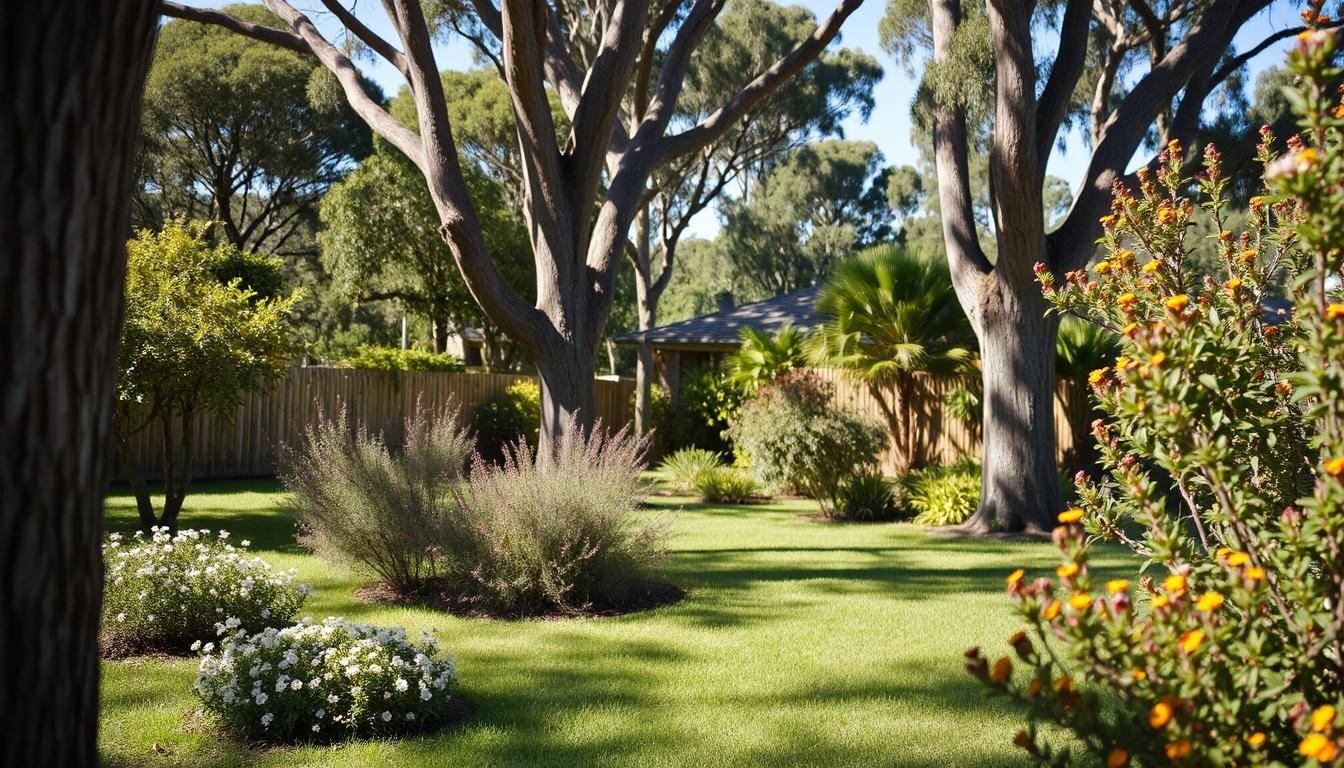
1. Plant Australian Native Plants
Native plants are plants that grow naturally in Australia. Birds, bees, and butterflies are drawn to these plants because they provide food and shelter. Plants such as grevilleas, bottlebrush, kangaroo paw, and banksias provide nectar, seeds, and berries that wildlife needs to survive. Native plants are also great because they’re tough. They don’t need as much water or care once they grow. It means you save time and help the environment simultaneously. Try to plant a mix of flowers, shrubs, and trees so different animals can find what they like.
2. Make Layers with Plants
In the bush, plants grow in layers, with tall trees, medium-sized shrubs, and small ground plants. You can copy this in your garden. Plant tall gum trees or wattles for birds to perch in. Add medium-sized shrubs, such as grevilleas, for hiding spots and food sources. Then grow ground covers, such as native daisies or grasses, to provide a habitat for insects, frogs, and lizards. These layers give animals protection from the sun, rain, and predators. It also makes your garden look fuller and natural.
3. Leave Some Logs, Rocks, and Leaves
Don’t clean every corner of your garden. Wildlife loves messy spots! Piles of logs, rocks, and fallen leaves give insects, lizards, frogs, and worms a place to hide. These small creatures help your soil and provide food for larger animals, such as birds. A shady corner with logs can also become a cool resting place for frogs. Over time, the logs break down and turn into natural mulch for your garden.
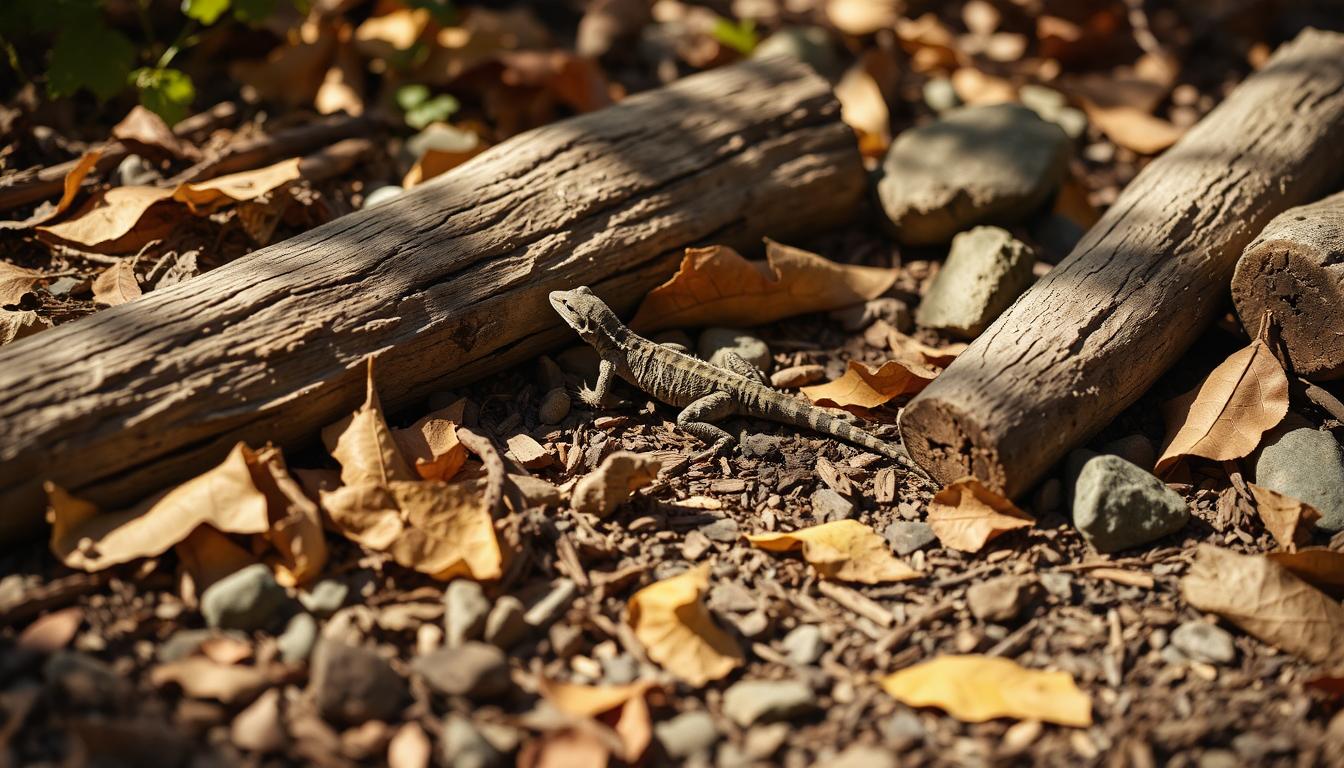
4. Build a Home for Insects and Bees
Many insects need safe places to live and lay eggs. You can help them by making a bug hotel. It’s easy! Tie together bamboo sticks, drill small holes in a block of wood, or stack twigs in a box. Native bees, ladybugs, and other helpful insects will move in. They help pollinate your flowers and keep away nasty bugs. You’ll notice more bees buzzing around your plants and more flowers blooming.
5. Leave Bare Soil for Ground-Nesting Bees
Not all bees live in hives. Many Australian native bees live underground. They dig small holes in dry, bare soil to build their nests. You can help them by leaving a small patch of garden soil clear of debris. Don’t cover it with mulch or plants. Pick a sunny spot that stays dry most of the time. These bees are gentle and won’t sting if you leave them alone.
6. Avoid Chemicals in Your Garden
Sprays, such as pesticides and weed killers, can harm wildlife, particularly bees and butterflies. Try not to use them. Instead, plant flowers like marigolds or lavender to repel nasty bugs. You can also let helpful insects, such as ladybugs and spiders, control pests naturally. The fewer chemicals you use, the healthier your garden will be for animals and your family, too.
7. Add Water for Animals
All wildlife needs water to drink and stay clean. You can help by adding a bird bath, a small pond, or even a shallow bowl of water. Make sure the water isn’t too deep. Place small stones or sticks in it so insects and small animals can climb out if they fall in. If you add a little fountain or dripping tap, birds will love it even more. Moving water attracts them because it’s fresh and safe. Remember to clean the water regularly to keep it healthy for the animals.

Turn Your Garden into a Wildlife Haven
Following these tips can feel overwhelming, but that’s where Zones Landscaping AU can handle your worries. We can help you design and build a wildlife-friendly garden that’s perfect for your space and easy to maintain. Our team takes care of everything, so you can relax and enjoy a backyard full of birds, bees, and natural beauty.
Contact Zones AU today and let’s bring your dream garden to life.
Read Next
All Zones Landscaping franchises are independently owned and operated.
Processing...
Reno now,
pay later.
Talk to us about finance options

Are you ready to discuss your ideas?
Please fill out your details in the online form provided and we’ll get back to you within 48 hours to arrange a free, no obligation consultation.


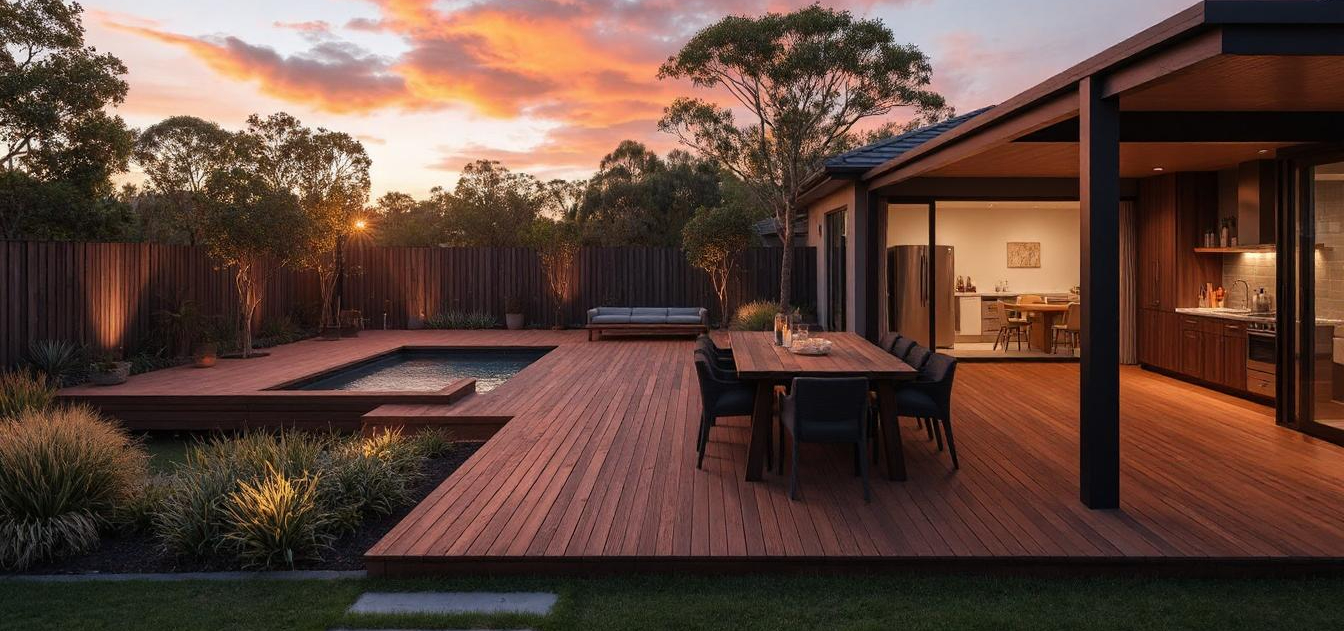
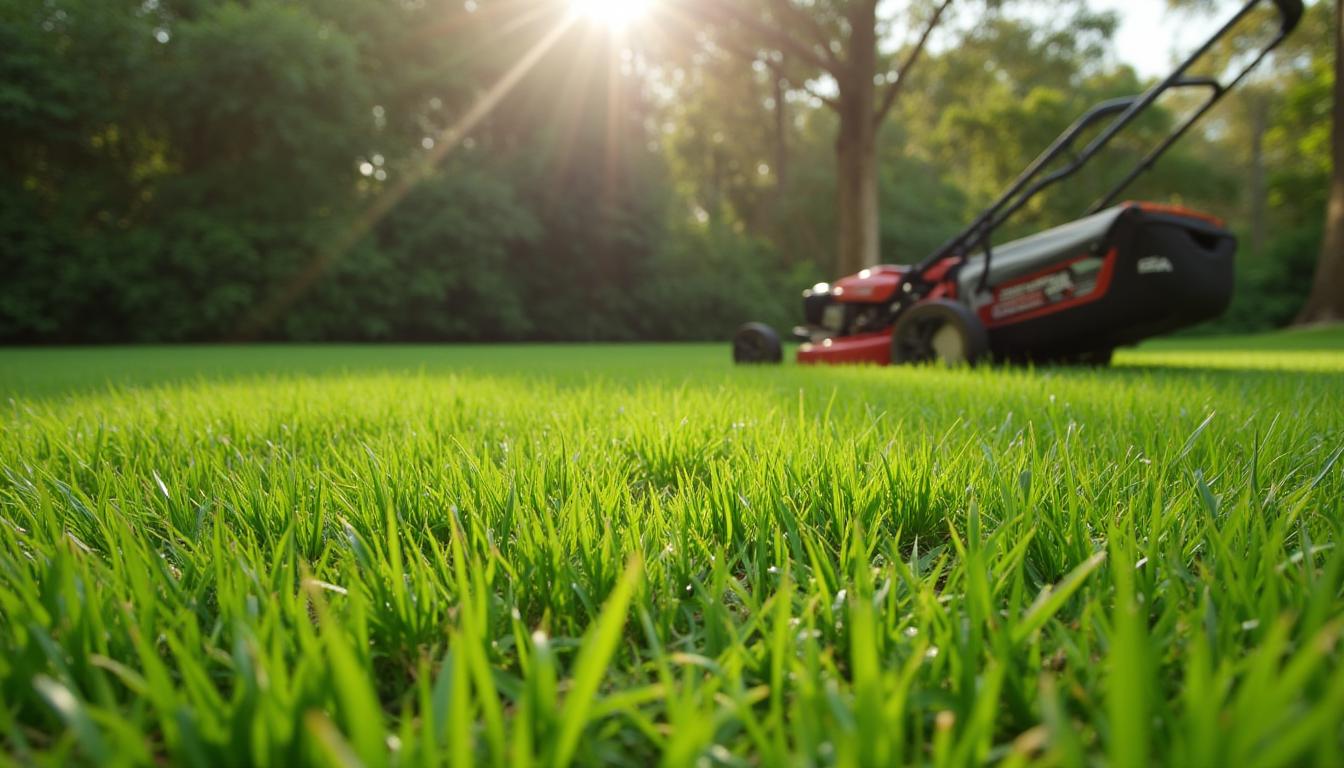
.jpg)
